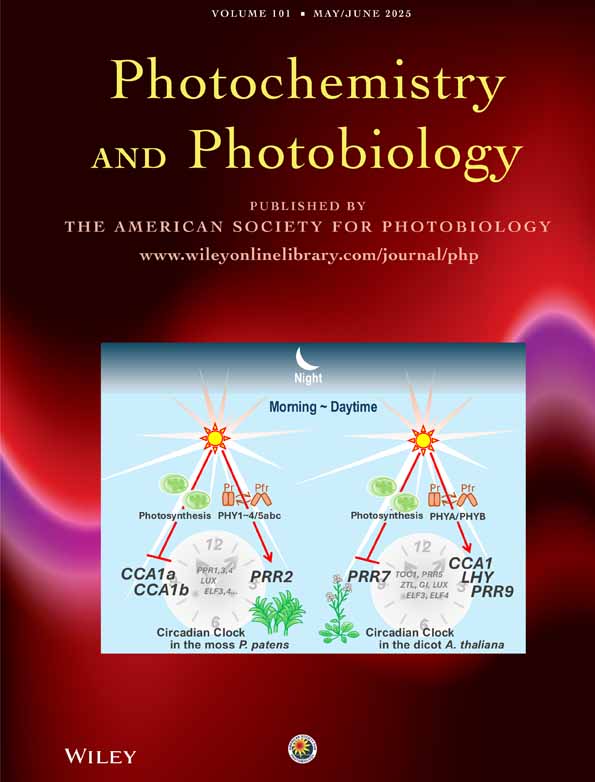ABSTRACT
A spectral resolution procedure was used to resolve the absorption, excitation and emission spectra of the fluorescein monoanion in a number of solvent–water mixtures. This permitted an analysis of the effect of the solvent environment on the spectral properties of the monoanion and on the lactone/monoanion/dianion transitions of fluorescein. The monoanion excitation and emission spectra show relatively small changes with changing environment, a behavior that is related to the hydrogen-bonding environment of the solvent–water mixtures. There is also a general increase in the quantum yield of the monoanion from 0.36 in water to values up to 0.49 in the solvent–water mixtures. The presence of solvent also results in a general increase in the lactone content and in the monoanion:dianion and lactone:monoanion ratios. General polarity effects alone cannot account for the observed effects on the prototropic transitions indicating that specific solute–solvent effects involving hydrogen bonding perturb the prototropic equilibria of fluorescein.




